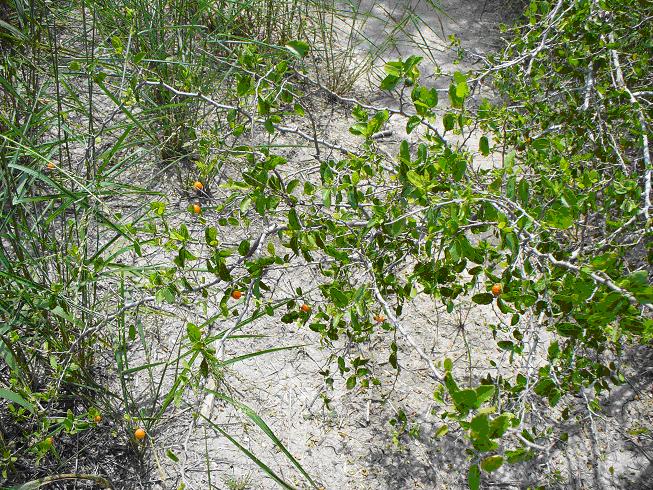

GRANJENO, DESERT HACKBERRY, SPINY HACKBERRY (Celtis pallida Torr.)
Spiny, spreading evergreen shrub rarely over 3 m tall. Leaves simple, alternate, ovate to ovate-oblong or elliptic, with entire or coarsely toothed margins. Flowering in spring; flowers polygamous or monoecious, greenish white; fruit a one-seeded, yellow or orange drupe. Granjeno is a good food for wildlife; the fruits are eaten by a number of different birds and mammals including the cactus wren, cardinal, pyrrhuloxia, mockingbird, scaled quail, raccoon, coyote, and jackrabbit. The leaves and stems are heavily browsed by white-tailed deer. Both the fruit and leaves contain about 20 percent crude protein. The fruits are edible, sweet, and succulent.
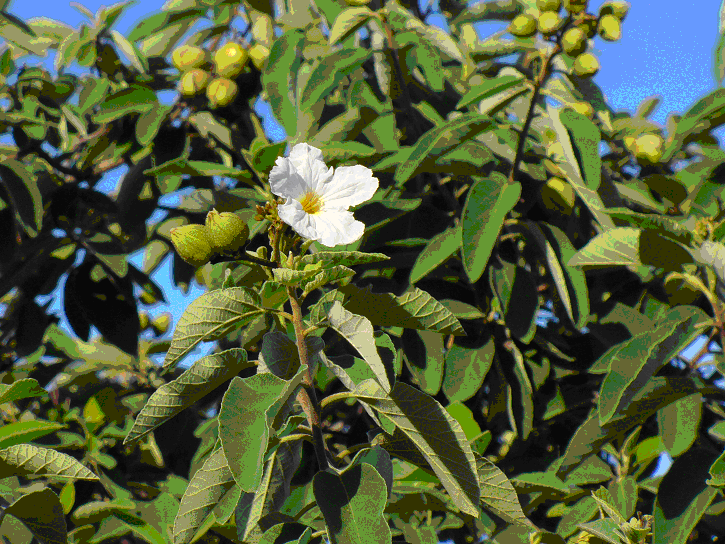
ANACAHUITA, MEXICAN OLIVE OR WILD OLIVE (Cordia boissieri)
A shrub or small tree, with spreading, rounded top. Flowers are white; fruit is green to brown. A jelly can be made of the fruit and is said to be used as remedy for coughs. As with most plants I would hesitate to use it with knowing the particular; preparation; and dosage. The fruit is edible and is eaten by cattle; deer; and javelina
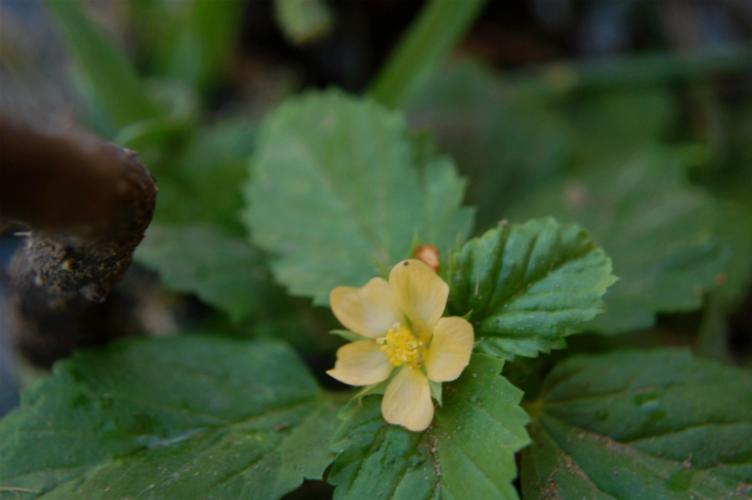
THREE-LOBE FALSE MALLOW (Malvastrum coromandelianum)
Mallow Family (Malvaceae)
Bloom period: All year Upright, hairy, herbaceous annual or perennial, bloom mostly solitary but occasionally few in clusters; usually ¾ inch 5 petal light yellow to orange-yellow.

VIOLET RUELLIA (Ruellia nudiflora)
Acanthus Family (acanthaceae)
Bloom period: April – October
Upright to somewhat sprawling perennial; solitary stem; branching upper portion. Flower from 1 to 2 ½ inch long, ranging in color from purple to lavender, opening about sunrise and dropping from the plant about early afternoon. Plant starts out hairy when young, becoming smooth when older.
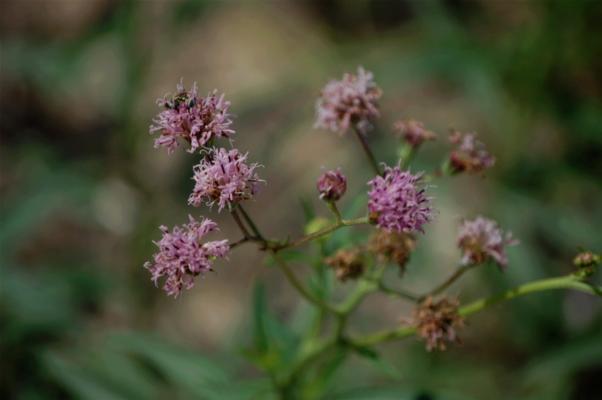
ROSE PALAFOXIA (Palafoxia rosea)
Aster Family (Asteraceae)
Bloom Period: May – November;
Upright, thin rather delicate, hairy annual; stem usually solitary, widely branched, the branches slender, stiff, wiry. Plant has grandular hairs throughout, making it sticky to the touch. Disk flowers, pink to rose, deeply 5 lobed, the lobes wide spreading. Heads solitary at ends of short, leafless, grandular stalks, forming loose terminal cluster. Leaves alternate, slender, firm stalked; margins entire.

RETAMA (Parkinsonia aculeata L.)
Blooms: Spring – Fall; flowers yellow; fruit a many-seeded, brown legume
Green-barked, thorny shrub or tree with slender, spreading branches ofthen forming a rounded crown. Leaves alternate, bipinnately or rarely pinnately compound with one or two pairs of pinnae and numerous pairs of leaflets per pinnae (leaflets linear to oblanceolate).
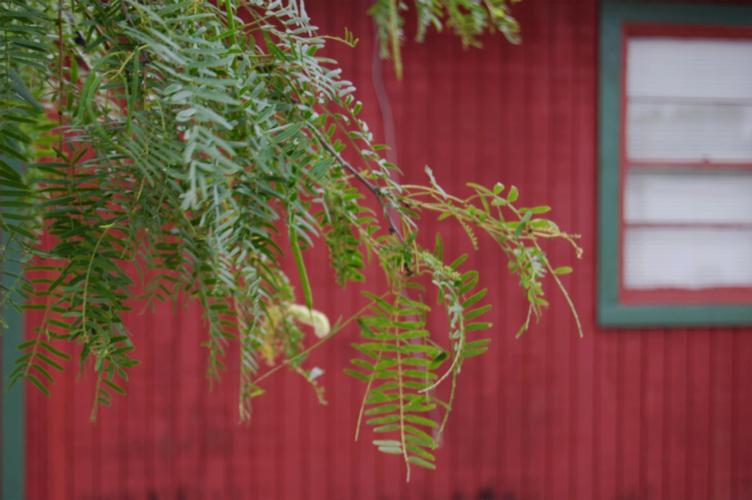
MESQUITE (Prosopis glandulosa Torr.)
Thorny shrub to small tree, flowering May-September; flowers yellowish green; fruit a many-seeded, shiny narrow brown legume (pods). Pods are an important source of food to horses, cattle, goats; whitetail deer and javelina. Mildly poisonous to cattle & goats if eaten over prolonged periods.
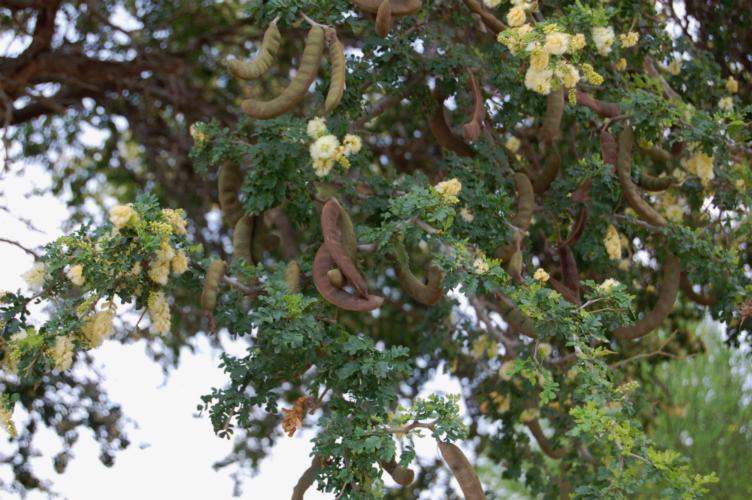
TEXAS EBONY, EBANO (Pithecellobium ebano)
Spiny, evergreen shrub or small tree – forming a rounded crown
Flowering April – July rarely to November; flower yellowish or cream; fruit a large, many-seeded, dark brown to black legume.
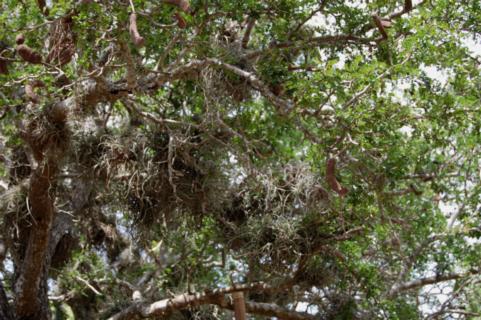
Ballmoss, Small Ballmoss, Bunchmoss, Gallitos
(Tallandisia recurvada)
Bromeliaceae family; perennial; can be found growing on branches, wires Ballmoss blooms all year with flowers on short stalks that rise above the clump of leaves. Although ballmoss looks parasitic it is not. It is an epiphyte, meaning it grows on other plants but does not steal that plants nutrients. Instead it gets its water from the air.
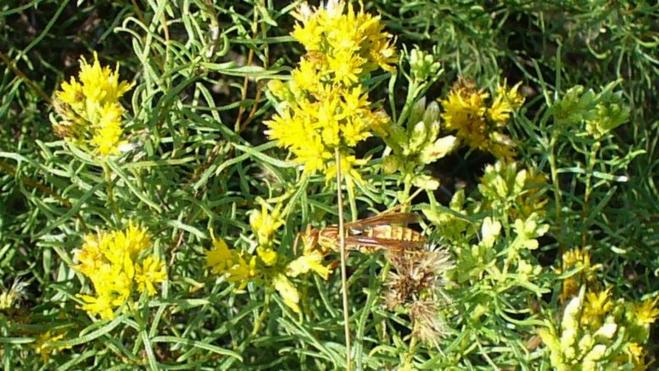
COMMON GOLDENWEED (Isocoma coronopifolia) (Gray) Greene
Blooms: September – November; flowers yellowish gold, very showy
Bushy half-shrub with numberous upright herbaceous branches arising from a perennial, woody base. Leaves alternate, thin and linear, resinous, usually pinnately lobed. This plant is nonpalatable to grazing animals
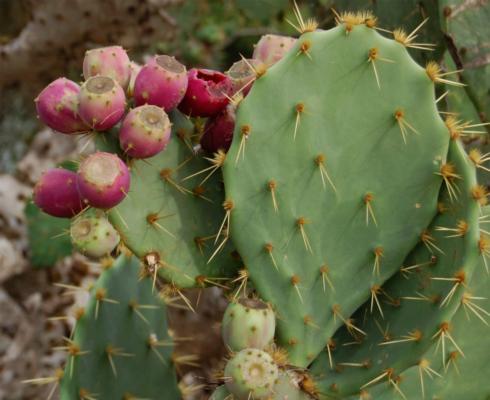
TEXAS PRICKLY PEAR, CACANAPO, NOPAL (Opunita engelmannii SD,)
[syn. O. lindheimeri Engelm.]
Bloom: April – June; flowers yellow, orange, or red; fruit a many-seeded, red or purple berry. Thicket-forming, heavy bodied cactus. The fruit may be eaten raw or made into a preserve, and the joints (nopalitos) when young and tender are cooked and served with a peppery dressing or with eggs. During droughts, ranchers burn off the spines to provide emergency forage for cattle. Joints and fruit are eaten by white-tailed deer, javelina, and may other species of wildlife. They are sometimes used as nest sited by birds.
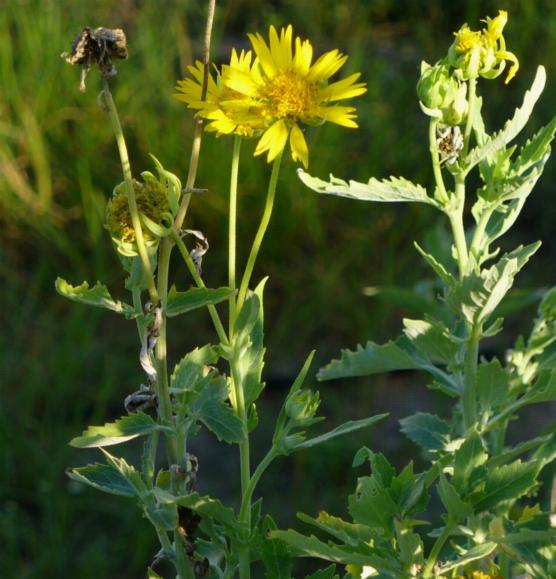
GOLDEN CROWNBEARD (Verbesina enceliodides)
Aster Family (Asteraceae)
Bloom Period: February – December; ray flowers 12-20, yellow deeply 3 toothed at tip; disk flowers numerous, yellow. Heads solitary, on long slender stalks; stalks few to several, forming loose clusters. Leaves toothed, blade thick, prominently veined underneath, the lower leaves mostly opposite; upper leaves alternate. Upright to sprawling annual; with blue-green foliage; stem solitary, usually branching from base, branching in upper portion
Plant has an unpleasant scent when crushed or even touched. Sometimes call Cow - pen daisy
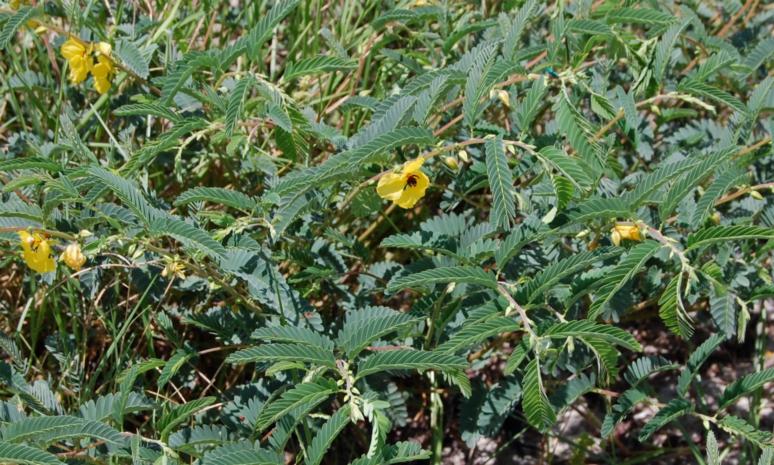
PARTRIDGE PEA (Chamaecrista fasciculate)
Bean Family (Fabacaeae)
Bloom: June – October; petals 5, bright yellow, unequal in size; upper 4 petals spotted at base with 2 of the petal prominently cupped; lowermost petal broad spreading flat. Flowers in short clusters from leaf axils, with only 1 flower opening at a time, so appearing solitary. Flowers usually wither by midday. Leaves alternate, divided into 8-15 opposite pairs of small leaflets. Foliage somewhat sensitive, partially closing when touched.

BORDER PALOVERDE, PALOVERDE (Parkinsonia texana )
[syn. Cercidium marcrum I. M. Johst.]
Bloom: Spring – Fall; flowers yellow; fruit a one – to five-seeded, dark brown legume Green barked, spiny tree; Leaves early deciduous or releafing after rains, alternate, bipinnatley compound with tow to three pair of pinnae and two to three pairs of leaflets per pinnae (leaflets oblong)
Closely related to Texas Paloverde and separaton often depends on legume and flowering characteristics.
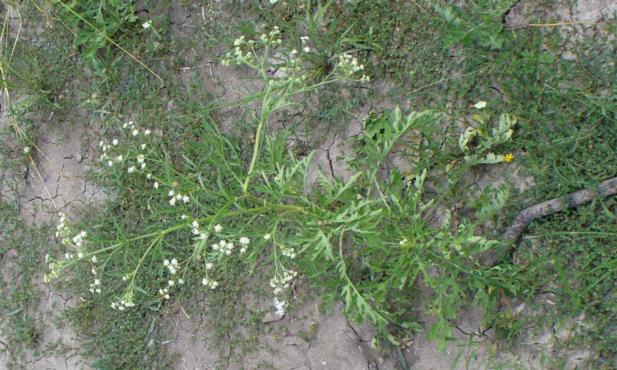
FALSE RAGWEED (Parthenium hysterophorus)
Aster Family (Ateraceae)
Bloom: All year; ray flowers 5, white, broad but very short and hardly noticeable; disk flowers numerous, whitish. Heads numerous and forming large wide spreading clusters. Leaves alternate, the blade tine, soft, deeply lobed or divided into numerous segments. Early leaves form basal rosettes. Upright, stout, coarse annual, stem solitary, ridged or grooved, branching in upper portion
The flowers of false ragweed resemble a tiny cauliflower
list by Esther (Flores) Brown - Bobwhite - Woodbadge - SR 859 -
Return to Camp Perry Texas main page